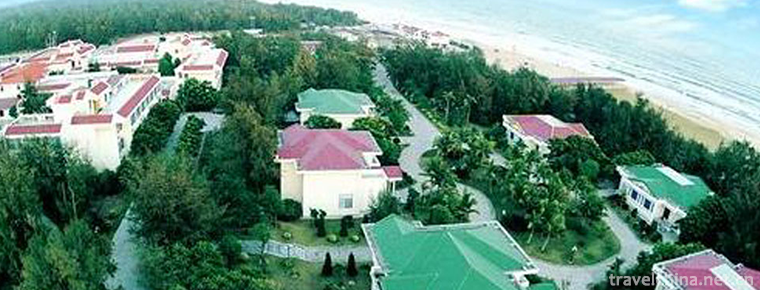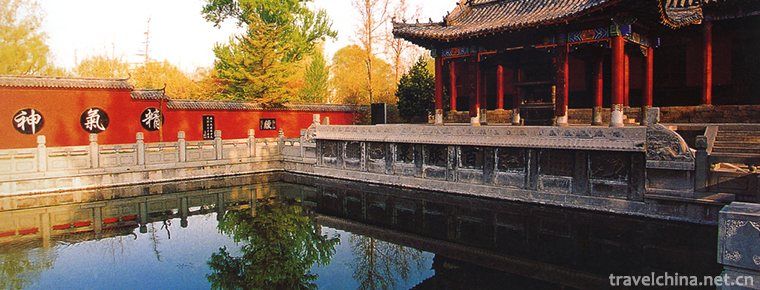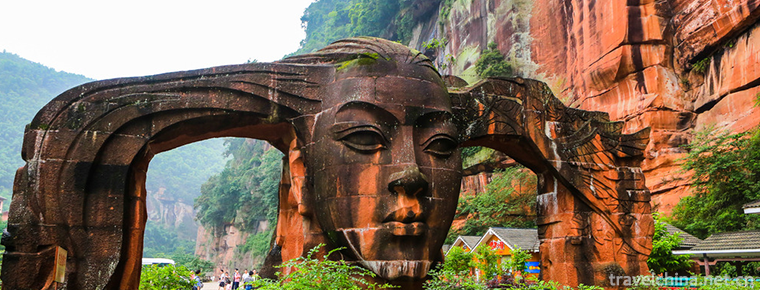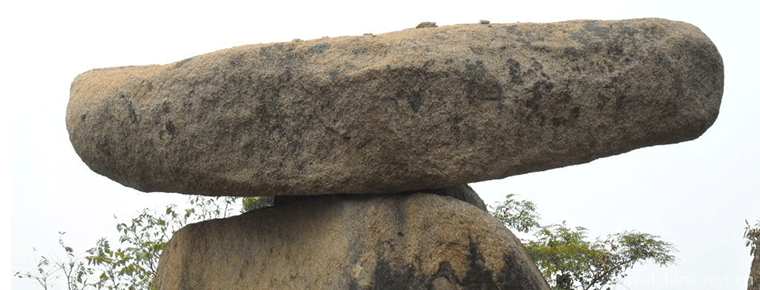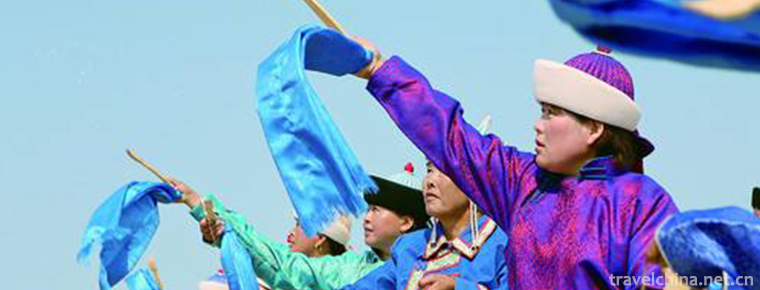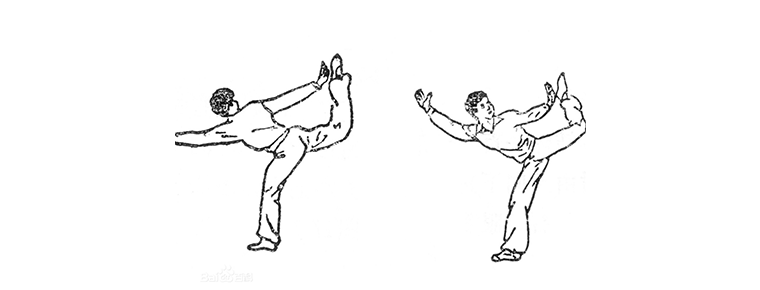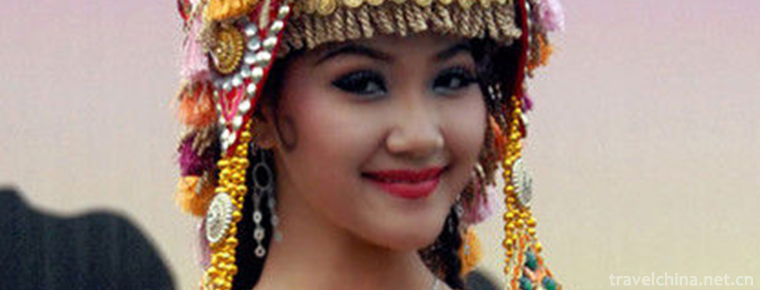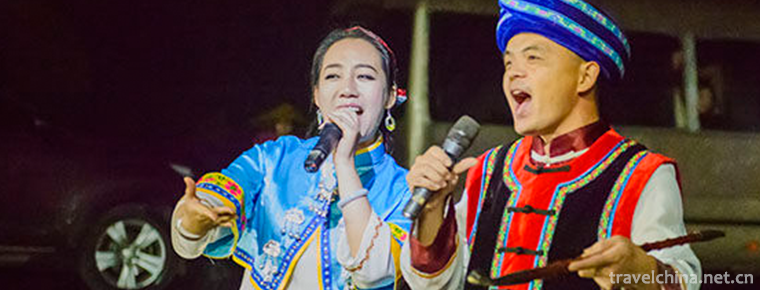Dragon file long dang
"Dragon File", also known as "Bench Dragon", is a craft art with strong local folk traditional characteristics in Yueqing, Zhejiang Province, China. Dragon stalls are developed from "bench dragons". They are made of wood into bench-shaped dragon bodies, which are joined into a wooden plank dragon body. They are one of the traditional arts and crafts with local characteristics in Yueqing area, southern Zhejiang Province, and also a form of folk cultural activities for the people of Jiangnan Province to enjoy themselves for a long time.
Yueqing Dragon File parades every year on Lantern Festival. After the parade, it is properly preserved and reused next year.
In 2008, it was selected as the second batch of national intangible cultural heritage list.
Historical origin
Dragon stalls are developed from "bench dragons". They are made of wood into bench-shaped dragon bodies, which are joined into a wooden plank dragon body. They are one of the traditional arts and crafts with local characteristics in Yueqing area, southern Zhejiang Province, and also a form of folk cultural activities for the people of Jiangnan Province to enjoy themselves for a long time.
Yueqing Dragon File has a long history. Yueqing County Chronicle compiled in the year of Yueqing Dade once vividly described Yueqing's Lantern Festival activities in urban and rural areas: "Lishe Sheng Dadan, Tongqu cut ribbon, share appreciation with the public, and enjoy with the people." "Fire tree light Tengcheng night, silver fireworks sparkling Changchun." Legend has it that Yueqing Dragon File began in the Ming Dynasty and has a history of more than 500 years.
The Ming Dynasty Jiang Huai's "Qihai Trivial Talk" records that at that time Yueqing was well known as "village muddy, like dragon head and tail, tailored version as the body, turning wheels, camplight on top, from the golden drum, along the door reward, known as dragon boat lantern." Jewelry dragon production technology is a unique folk craft in Yueqing, Wenzhou, southern Zhejiang Province. At present, it mainly concentrates in Beibeixiang Town, Liushi Town and other Western towns of Yueqing City. The ancient folk relics of Wuyue in Yueqing, rich marine culture and commercial culture, unique geographical location and cultural background are the basis of the birth of jewelry dragon making skills. Yueqing jewelry dragon has been loved by the local people because of its unique folk cultural value and strong ornamental. Every year around the Lantern Festival, Yueqing will hold a grand jewelry dragon parade, people expect jewelry dragon can bring good weather, fruitful grain.
"Fire tree light Tengcheng night, silver fireworks sparkling Changchun." There is a traditional custom of dragon boating in Xixiang of Yueqing. Generally, the lights are on the eighth day of the first lunar month and on the seventeenth day of the first lunar month, while the assembly of dragon gear begins on the first day of the first lunar month. Dragon stalls travel with dragon boats, gongs and drums open the road, blowing and beating, very lively. The woodcarving dragon file of Xuewan Village in Wengyuan Town was first made in Guangxu four years (1878). It has a history of 131 years. Because of its long history, its earliest sculptor has no way to verify. After several repairs.
Since 1952, campaigns have been carried out to break down superstitions and the four old ones. The dragon boat is no longer rowed in the village. The dragon gear is also put up in the loft of two large families in the village. It is for this reason that during the Cultural Revolution, when the Red Guards copied from house to house, the Dragon file was saved. According to villagers Li Xiqin, in the late 1970s, when Yueqing dragon sculptor Zheng Xiangkui and Zheng Shengcun were invited to repair the Dragon file, they re-sculpted and disposed of all the carvings and some other parts and related accessories. When CCTV came to Yueqing to shoot "Millennium Ancient County", this ancient dragon stall attracted their attention and was moved onto the CCTV screen.
In 2007, the jewelry dragon craftsmanship successfully declared the second batch of intangible cultural heritage projects in Zhejiang Province. In September 2007, Yueqing jewelry dragon was exhibited in the "China intangible cultural heritage protection achievements exhibition"; in December 2007, it was collected by the Chinese Academy of Art. At present, Yueqing has two professional jewelry dragon production bases. The project is of great value and difficult to learn. As artists grow older, protection is imminent.
Form of performance
carving
Yueqing Dragon Pavilion is made of camphor tree and mud tree, camphor wood carving Pavilion head, tail, Pavilion and archway, and pavilion. The Pavilion board, large back, small back and handle are made of field clay tree. Dragon stalls are usually 20 to 40 meters long. Camphor and mud trees are sawed into blocks or oblate rectangular plates by woodworking saws, and then the backs and backs of the gears are set according to the specifications. Then the backs and backs of the gears are processed according to the specifications, and the themes of the blocks are selected and processed (such as dramatic characters, three kingdoms, mythological stories, etc.). The backs of the gears and the gearboards are matched with the matching materials. Each gearboard is set with the historical story characters. There are beasts on each gearboard, and the flagpole fights on the story characters. There are pavilions, pavilions and archways at the end of the stalls, and historical figures and activities in the pavilions and pavilions. Back and baffle adopt relief scenery, flowers, birds and character stories. After the whole sculpture is finished, paint processing and color depiction are also required. The whole dragon gear is painted vermilion, with gold foil or various colors of red, yellow, blue, green and purple. Finally, the lantern is placed in the middle of the baffle. When the lantern is lit during the parade, it shows its exquisite and brilliant momentum.
Outing
When the Dragon Pavilion travels, the colorful banner, the gong and drum, the long pole lantern lead the way, and the jewelry dragon is in it. After Yueqing Dragon Pavilion, the end drum band blows and beats, and a flourishing scene of "Fire Tree, Silver Flower and Street Dance" is created. The whole Yueqing Dragon File is made up of strong young backs, each wearing martial arts clothes, headscarves, and strides with the rhythm of gongs and drums. When the Yueqing Dragon Pavilion parade arrived at the designated place, there had already set up incense cases, offered sacrifices, lit firecrackers, and welcomed the arrival of the Dragon Pavilion team. Firstly, dragon dancing is performed by dragon stalls on a wide venue. Dozens of people carry dragon stalls to speed up their pace, while carrying dragon stalls in circles, while running in waves. Then the Dragon stall stopped at the incense case to let the masses watch, and the singers in the Dragon troop sang congratulations before the incense case. Strike etiquette, the owner should set off firecrackers to send Yueqinglong file travel. On the night of the light falling on the seventeenth day of the first lunar month, dragon boats and Yueqing dragon boats will go on the road where dragon boats and dragon boats in the village can march. This is known locally as the "seventeen-night wound recovery" (with the meaning of surrendering demons and demons), and then burn the dragon boat made of bamboo paper to ensure the safety of one side.
Inheritance significance
Yueqing Dragon File, a folk entertainment with lanterns and colors, contains people's desire to make dragon files with camphor wood to eliminate disasters, ward off evil spirits and protect peace. Every year from the tenth day of the first lunar month to the seventeenth night of the first lunar month (usually on the seventh day of the first lunar month), the lights start on the second day of the first lunar month, and the Yueqing Dragon File goes on the lights ahead of time in order to prolong the duration of the activities of the Lantern Festival). Later, the villages pull out their own dragon stalls and gather together to compete, gradually becoming a form of folk cultural entertainment activities for the people.

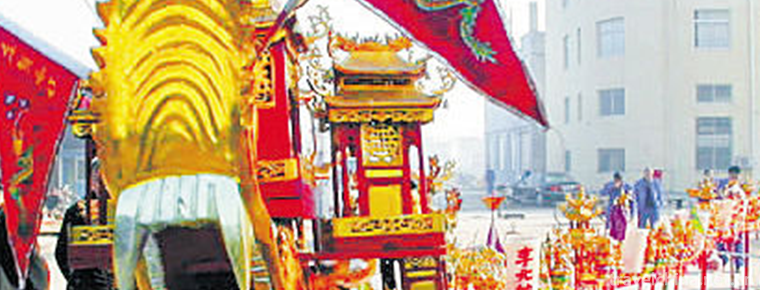
-
Jiuhuangshan Ape King Cave Scenic Area
Jiuhuangshan Ape King Cave Scenic Area, located in Beichuan Qiang Autonomous County of Mianyang, Sichuan Province, is the largest karst cave in southwest China and a famous tourist cave in Western Chi.
Views: 128 Time 2018-12-22 -
CITIC Golf Seaside Resort
Shantou CITIC (China International Trust and Investment Corporation) Resort Hotel is a foreign-related tourist resort hotel affiliated to Shantou Company of CITIC South China Group..
Views: 152 Time 2018-12-22 -
Baimaiquan Park
Baimaiquan Scenic Area, located at No. 2017 Huiquan Road, Zhangqiu District, Jinan City, Shandong Province, is located in the eastern part of Jinan City. Founded in 1986.
Views: 147 Time 2019-01-02 -
Danxia Chishui
Danxia National Geopark in Chishui City, Guizhou Province, is located in the southern edge of Sichuan Basin, close to the northern foot of Daloushan Mountain in northern Guizhou Province and the weste.
Views: 214 Time 2019-01-05 -
mount yi
Yashan, also known as "Zou Yashan", "Zou Shan", "Dong Shan", is one of the nine famous historical and cultural mountains in ancient China at an altitude of 582.8 meters. .
Views: 127 Time 2019-03-04 -
Bogda Ula Festival
The sacrifice of Bogdahura (Shenshan) is one of the earliest forms of Mongolian creative culture in China. It is the product of national culture, which is formed by historical accumulation and plurali.
Views: 90 Time 2019-04-04 -
Poke feet
Poking feet is one of Chinese boxing. Leg and foot kungfu is the main form. It is said that it originated in the Song Dynasty and flourished in the Ming and Qing Dynasties.
Views: 108 Time 2019-04-22 -
Kirgiz costumes
"Kirgiz" means the people who live on the cliffs. Another saying is that "Kirgiz" are forty girls. This statement is wrong. Most of the Kirgiz people live in Xinjiang's Kizilesu Au.
Views: 263 Time 2019-05-09 -
Xinhua Folk Song
Xinhua Folk Song is a kind of traditional folk song mainly spread in Xinhua County, Loudi City, Hunan Province. Xinhua folk song has a wide range of contents, old style, unique style, simple rhyme, ch.
Views: 157 Time 2019-07-06 -
Diexi earthquake site
Diexi earthquake site is located 2.5 km southeast of Jiaochang Township, Maoxian County, on the second grade platform on the East Bank of Minjiang River.
Views: 356 Time 2020-11-07 -
Neijiang economy
In 2019, the GDP of Neijiang City will reach 143.33 billion yuan, an increase of 7.8% over the previous year in terms of comparable prices. Among them, the added value of the primary industry was 24.050 billion yuan, an increase of 2.9%; the added value.
Views: 357 Time 2020-12-16 -
guangan medical and health work
As of 2019, there are 3443 health institutions in Guang'an City. Among them, there are 79 hospitals, 174 health centers, 24 community health service centers (stations), 379 clinics, clinics and clinics, 2 blood collection and supply institutions, 7 matern.
Views: 326 Time 2020-12-19

